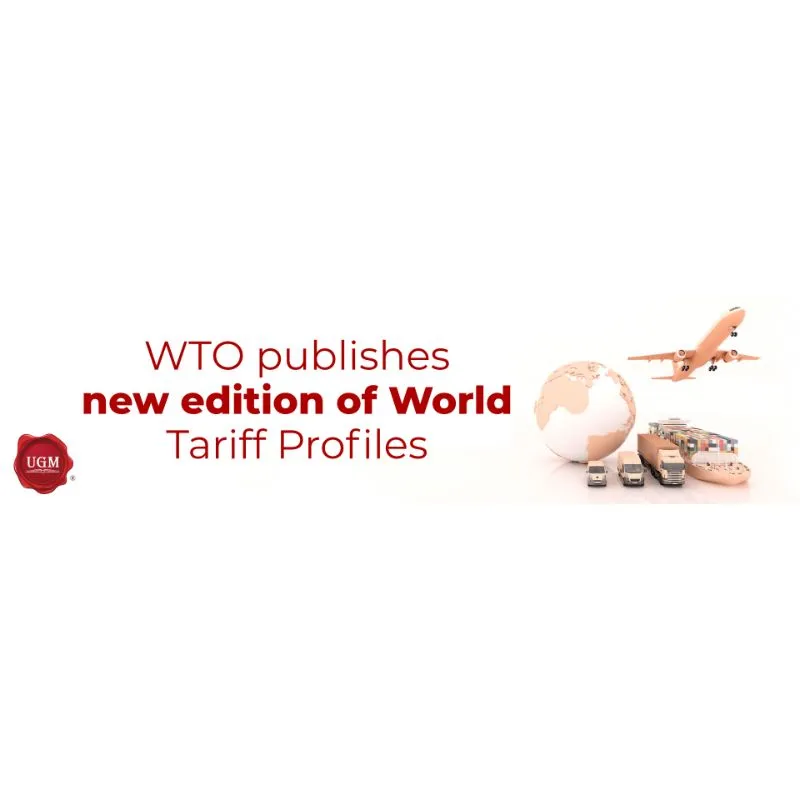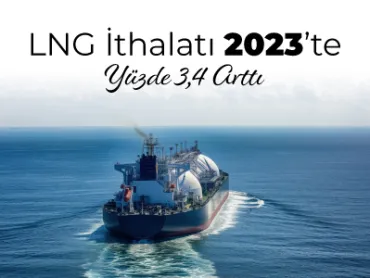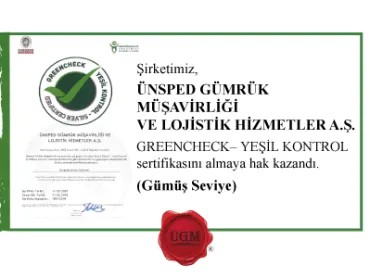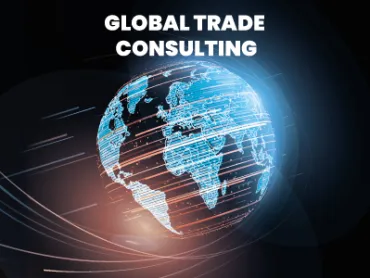
The World Trade Organization (WTO) has released the 2023 edition of its “World Tariff Profiles” applied annually in more than 170 countries and customs territories. The report, prepared in partnership with the International Trade Center and the United Nations Conference on Trade and Development (UNCTAD), includes detailed information on non-tariff measures such as anti-dumping actions, compensatory taxes and safeguards.
The one-page profiles provide an overview of each economy's tariffs broken down by product group, while also showing the tariffs applied by the main trading partners.
The edition, published in summary tables, compares the maximum tariffs each economy can impose on imports with the average tariffs applied. In addition, information is given for agricultural and non-agricultural products. In this context, there are comparisons on import and export profiles, import value for each economy, level of export diversification and relevant tariff data.
The publication also touches upon two specific issues. The first is to show the evolution of the market reach of the "World Tariff Profiles" over 16 years by analyzing trends towards tariffs imposed and limited across product groups, regions and level of development. Thus creating a modest improvement in commercial opening, with the average tariff for all products falling from 10.1 percent in 2006 to 8.9 percent in 2021.
The second issue is to look at the product classification system used by the WTO for trade statistics and policy analysis. In this way, facilitate the analysis of trade patterns of the WTO's 'Multilateral Trade Negotiations' MTN Categories 2023 version, which includes a new two-tier structure for a total of 72 Medium Term Note (MTN) subcategories and 22 MTN categories.
Brief information about the publication
- World Tariff Profiles: Evolving market access in 16 years.
- MTN (Medium Term Note) Categories: Product classification for WTO trade statistics and policy analysis.
World Tariff Profiles are published jointly by the WTO, the International Trade Center (ITC) and UNCTAD on product market access. This annual report contains very comprehensive information. It provides extensive data on tariffs and non-tariff measures applied by more than 170 countries and customs territories. In addition, non-WTO members are also included if data on tariffs they apply in 2022 or 2021 are available in the WTO, ITC or UNCTAD databases.
World Trade Organization (WTO)
The World Trade Organization (WTO) is the only global organization dealing with international trade rules. At its core are the WTO agreements negotiated, signed and ratified by the parliaments of most of the world's trading nations.
The main function of the WTO is to ensure that trade flows as smoothly, predictably and freely as possible. It does this by managing trade agreements, acting as a forum for trade negotiations, resolving trade disputes, reviewing national trade policies, assisting developing countries with trade policy issues through technical assistance and training programs and cooperation.
International Trade Center
The International Trade Center (ITC) is a joint organization of the World Trade Organization and the United Nations. Together with its partners, ITC enables the export success of small businesses in developing countries by providing sustainable and inclusive trade development solutions to the private sector, trade support institutions and policy makers.
UNCTAD
Founded in 1964, the United Nations Conference on Trade and Development (UNCTAD) is an important organization that promotes development-friendly integration of developing countries into the world economy.
 Back
Back







